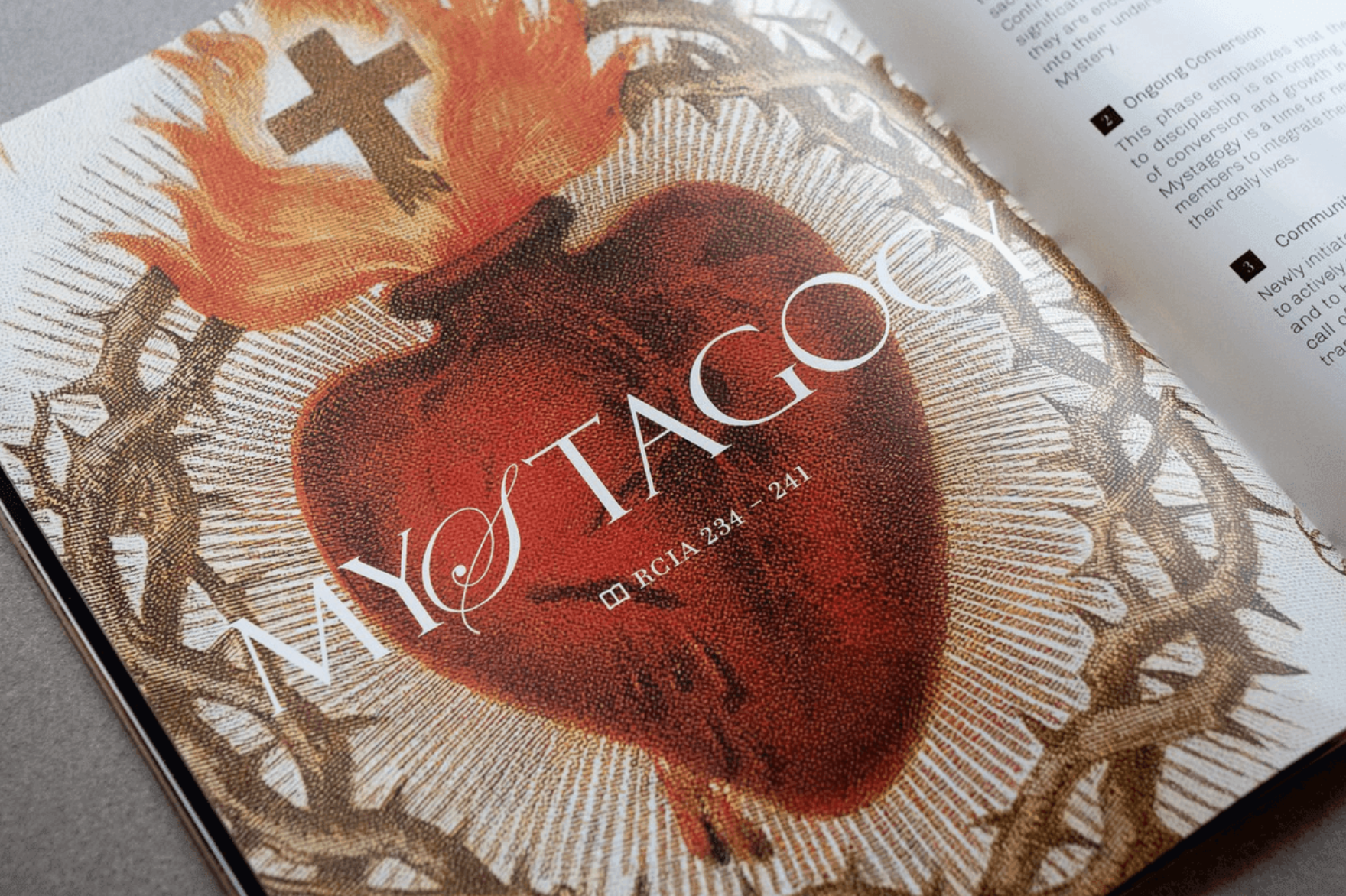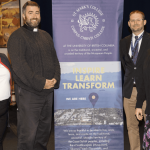VANCOUVER (CCN) — For years, the unsung heroes who accompany newcomers in the Catholic faith — parish coordinators of the Rite of Christian Initiation of Adults (RCIA) — have wrestled with the dense, official manual known as the “blue book.”
While the book is valuable in its content, its structure often left the volunteers feeling overwhelmed and without clear guidance.
Now, they have a new resource to instruct and inspire them. Seeker to Sent is a guidebook created to ease the burden of RCIA planning for coordinators, says Jane Waldock, coordinator of lay formation for the Archdiocese of Vancouver.
The archdiocese wanted to recommunicate what RCIA is all about, said Waldock, and the guide emphasizes that it’s not simply a class “where you show up to get your accreditation in Catholicism.” Rather, RCIA is part of a process in which an individual seeking Christ transforms along the “catechumenal pathway.”
In his foreword for Seeker to Sent, Vancouver Archbishop Richard Smith explains the background for the new resource.
“This guidebook places the relationship with Christ at the centre of the catechumenal ministry, ensuring that doctrine and practice emanate from the joy of genuine encounter with Jesus,” he writes.
The guidebook doesn’t fundamentally change anything about the purpose of RCIA, but it does add emphasis to aspects of the process, while offering help for coordinators overwhelmed by the old Rite of Christian Initiation for Adults book, colloquially known as “the blue book.”
While the “blue book” was and is an important resource, it posed practical challenges for RCIA coordinators who in many parishes improvised and led to catechumenal ministries that differed wildly from one another.
The new guidebook functions, therefore, as a sort of road map, giving directions to the specific parts of the “blue book” that are most applicable to coordinators.
“Too often, the Rite of Acceptance or the Rite of Election hasn’t been practised or emphasized at the parish level,” said Waldock, “but these rites are profound sources of grace.”
The rites are not only important for catechumens but also serve the spiritual needs of the community, helping everyone participate in the life of new Catholics.
“Each year, when you (participate in the rites) again, you discover something new for your own journey while walking with others,” said Waldock.
This hints at another purpose for the new guidebooks, which is to support the spiritual growth of the catechists themselves, who “echo the faith and accompany catechumens and candidates along the journey,” said Waldock.
“As they accompany others, they themselves learn more about their own faith.”
In a section of the book’s forward that applies to all Catholics, Smith affirms that in helping others meet Christ, the helper benefits.
“By opening our hearts to those undertaking the journey of faith, we not only extend a welcome to newcomers but also experience renewal in our own discipleship,” he writes.
The book features a renewed emphasis on mystagogy, the process of integrating new Catholics into the Christian life of the Church, primarily from Easter to Pentecost. The process has often been considered optional, and parishes are now being encouraged to make it mandatory for newly baptized individuals.
“Too often, people drop off after Easter, which isn’t what we want,” Waldock said.
Parishes are also being encouraged to offer a “neophyte year” consisting of a program to help new Catholics connect and integrate in the parish.




